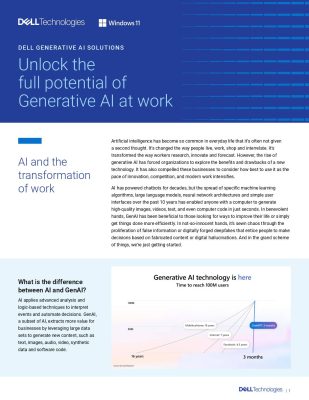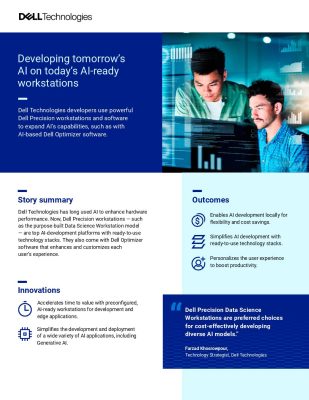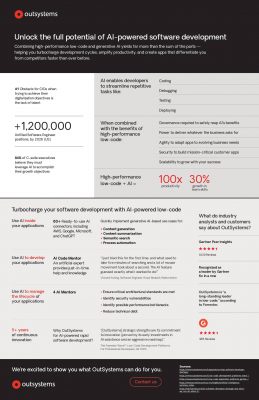Highlights:
- Mistral, headquartered in Paris, was launched last April and secured approximately $500 million in funding over the subsequent eight months. In its most recent funding round, a USD 415 million investment unveiled in December, the company attained a valuation of USD 2 billion.
- The LLM accurately responded to 77.75% of the questions in MMLU, a renowned benchmark test for evaluating AI models.
According to the Wall Street Journal, Mistral AI is in discussions to raise approximately USD 600 million from investors at a valuation of USD 6 billion.
The report surfaced less than a month after publishing information from sources cited by The Information, indicating that the artificial intelligence model company Mistral AI’s new funding pursuit is valued at USD 5 billion. The variance between the two figures suggests that investor interest in Mistral’s round may have increased since The Information’s report.
As per the Journal, returning investors General Catalyst and Lightspeed Venture Partners are anticipated to be among the primary contributors to the fundraising effort.
Mistral, headquartered in Paris, was launched last April and secured approximately $500 million in funding over the subsequent eight months. In its most recent funding round, a USD 415 million investment unveiled in December, the company attained a valuation of USD 2 billion.
The anticipation that Mistral AI’s new funding pursuit will triple its valuation suggests that investors have discovered further reasons to be optimistic about its growth prospects.
The company introduced its first paid products in February and could witness robust revenue momentum. Alternatively, the anticipated valuation increase might signify yet-to-be-disclosed technical milestones in Mistral’s product development endeavors.
Up to this point, the company has introduced a trio of open-source neural networks, spearheaded by Mixtral 8x22B, a large language model that debuted last month. The LLM accurately responded to 77.75% of the questions in MMLU, a renowned benchmark test for evaluating AI models. This falls just short of the 79.5% score attained by the most advanced edition of Meta Platforms Inc.’s new Llama 3 LLM.
The specific edition of Llama 3 mentioned incorporates 70 billion parameters.
Mixtral 8x22B boasts approximately twice the number yet only activates 39 billion parameters to generate prompt responses. This significantly diminishes the LLM’s hardware usage, thereby reducing inference costs.
Mixtral 8×22 B’s efficiency arises from utilizing a “mixture of experts” architecture.
LLMs employing this design consist of multiple smaller neural networks optimized for a distinct set of tasks. Upon receiving a prompt, Mixtral 8x22B activates only the neural networks that are most suitable for generating an answer while keeping the others dormant. This approach reduces hardware requirements.
Mistral also provides a suite of paid, cloud-based LLMs led by Mistral Large.
That model incorporates a feature known as function calling, enabling it to execute tasks in other applications. Developers also have the option to package Mistral Large’s output into the JSON file format, facilitating the integration of AI responses into a company’s custom software.
It’s plausible that the new funding Mistral seeks to raise will be allocated towards developing additional, more capable LLMs. If rival OpenAI’s product strategy serves as any indication, it’s also conceivable that the company will introduce other models besides LLMs, such as those tailored for tasks like video generation.
Mistral has already begun diversifying beyond the language model segment. One of its paid offerings, Mistral Embed, is an AI designed to convert text into embeddings, mathematical structures more manageable for neural networks to process than raw data. The model is positioned as a more capable alternative to fastText, one of the most popular open-source tools for generating embeddings.





























































